In Science, And In Life, 'Once A Failure' Does Not Mean 'Dependably A Failure'

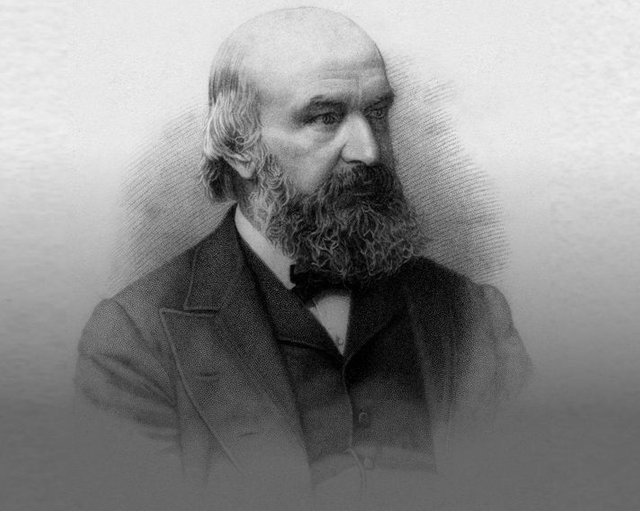
John Couch Adams was best known, in the cosmic world, as the man who attempted and-neglected to find Neptune, getting scooped by Galle and Le Verrier in 1846. Be that as it may, his inability to find Neptune not the slightest bit restrained his future achievement, and his definitive heritage as a scientist.PUBLIC DOMAIN
Maybe its human instinct to need to just contemplate our legends. We don't need our games saints to cheat or utilize execution upgrading drugs. We don't need our helpful or political saints to be required with shameful outrages or criminal action. What's more, we don't need our logical legends to submit the best of every single logical sin: the transgression of having been off-base.
In any case, science isn't an undertaking one embraces without anyone else, yet rather as a major aspect of an overall network. What's more, being off-base isn't a capital punishment, yet rather is frequently a venturing stone to a much more noteworthy achievement. "Once a disappointment, dependably a disappointment" couldn't possibly be more off-base. While it's valid that even our most noteworthy logical legends remained imperfect, a portion of history's biggest disappointments were trailed by a win that nobody could have anticipated.
This is the recovery story of John Couch Adams, conceivably the best cosmologist to gigantically fall flat.
 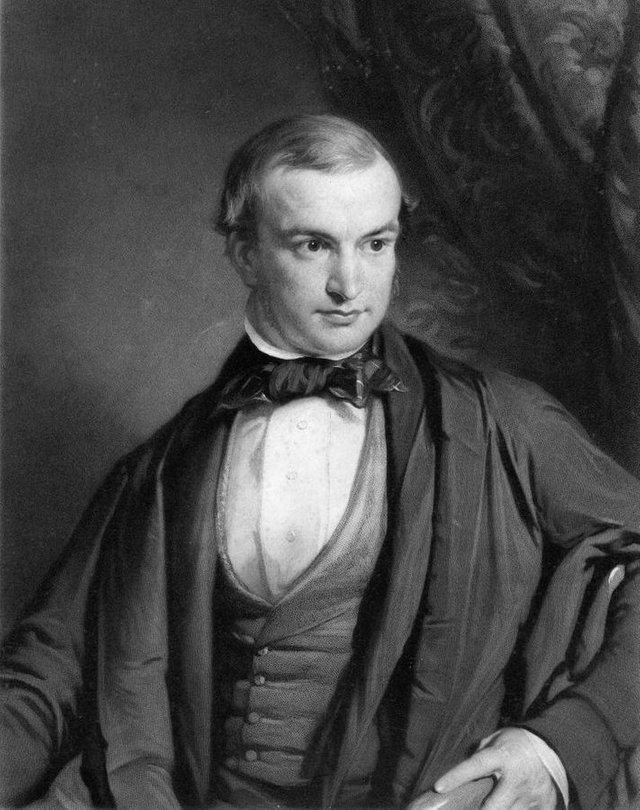
A youthful John Couch Adams, who started his profession stricken with the hypothesis of the presence of another planet past Uranus.SAMUEL COUSINS OF A PAINTING BY THOMAS MOGFORD
By the mid-1800s, Newton's law of general attraction had stood unchallenged for about 200 years. It effectively anticipated both the earthbound movements of items on Earth and the heavenly movements of the planets, moons, comets and space rocks. In 1781, without precedent for history, we were given another opportunity to test this law for the planets, as William Herschel found the main planet that wasn't known for a great many years: Uranus.
For each planet, Newton's hypothesis predicts it should move in an oval around the Sun, and Uranus completely did. Be that as it may, Newton additionally anticipated how rapidly a planet should move all through its circle, and his hypothesis of attractive energy allowed us Kepler's second law:
The zone cleared out by every planet as it circled the Sun was the same in any given time interim whatsoever focuses along the circle.
Following quite a while of perceptions, unmistakably Uranus didn't do that.


While its shading had been noticeable for quite a while, it was just with the Voyager 2 mission that we went to this world, found in 1781, very close. It's presently been somewhere in the range of a long time since we've been there, and still can't seem to go back.
The known internal and external universes all complied with these laws stupendously, to such an extent that no deviations had been recognized for a long time. In any case, with the disclosure of Uranus in 1781, something changed. While the most current planet seemed to move in a circle around the Sun, it appeared to move at the wrong speed contrasted with the expectations of the laws of gravity.
For the initial 20 years or so since its revelation, it moved quicker, from night-to-night and year-to-year, than the laws seemed to show. For the following 15-to-25 years, the planet seemed to move comfortable rate anticipated from those laws. Be that as it may, at that point it backed off further, and its speed plunged underneath gravity's forecasts.

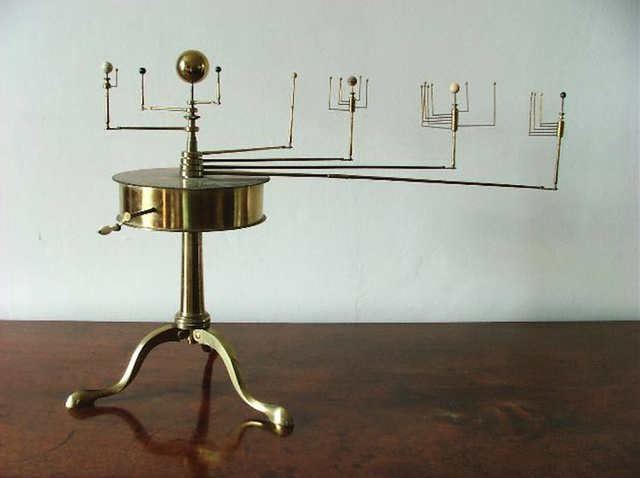
An extremely old orrery of the planets and moons in the nearby planetary group. An examination of this focuses to a birthplace in the principal half of the nineteenth century: well after the revelation of Uranus and a portion of its significant moons, however before the disclosure of Neptune.ARMAGH OBSERVATORY, COLLEGE HILL
In 1821 — forty years after Uranus was first found — space expert Alexis Bouvard distributed his first table of results that he got through sharp perceptions of the new, far off world. Either Newton's laws were imperfect, or, as Bouvard hypothesized, there was an eighth planet out there bothering the circle of Uranus.
English space expert John Couch Adams, who might be 199 years of age were he alive today, turned out to be very stricken with this thought, and devoted the early piece of his logical vocation to concentrate this issue.
 
For a considerable length of time, Uranus was seen to move too rapidly (L), at that point at the right speed (focus), and after that too gradually (R). This would be clarified inside Newton's hypothesis of attraction if there were an extra, external, monstrous world pulling on Uranus. In this representation, Neptune is in blue, Uranus in green, with Jupiter and Saturn in cyan and orange, respectively.MICHAEL RICHMOND OF R.I.T.
All through the early 1840s, he endeavored to foresee precisely where the new, huge, external world would should be, keeping in mind the end goal to give contemporary stargazers an inquiry target. When searching for another, black out purpose of light in the sky, you should know precisely where to look. Getting an exact answer was critical.
By the mid-1840s, he was in correspondence with astronomers James Challis and George Airy about his expectations, yet the planet neglected to turn up. As it seemed to be, Adams had shot an aggregate of six letters in quick progression in 1845/6 that negated each other, offering an assortment of expectations. There were a few errors in his work that needed refining, and the six forecasts couldn't help contradicting each other with a scope of 12°!
Maybe shockingly, no less than one of his expectations was particularly right. (Truth be told, Challis himself, one of history's most inept researchers, really watched Neptune amid no less than one and potentially on two events, confused it for a star!)

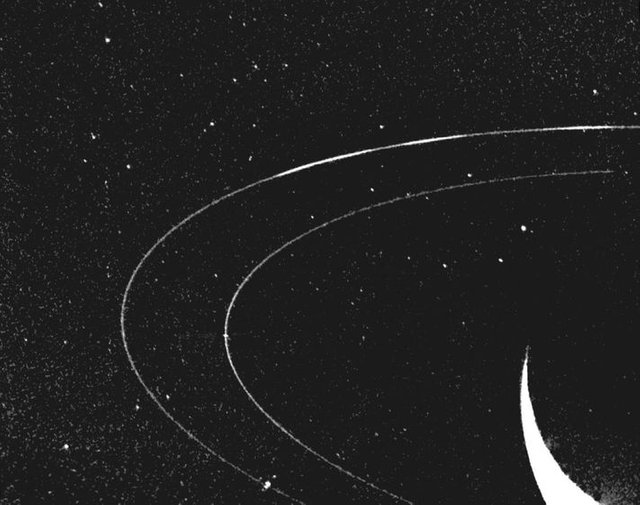
Neptune was found route in 1846, yet was anticipated by two men contending to find it: John Couch Adams and Urbain Le Verrier. Today, the two primary rings of Neptune are known as the Adams and Le Verrier rings.NASA/VOYAGER 2
And after that each researcher's bad dream happened to Adams: he was scooped! On August 31, 1846, Frenchman Urbain Le Verrier declared that he had registered the situation of where this new planet must be, and sent off a letter to Germany and Johann Galle at the Berlin Observatory. The letter touched base in Berlin on September 23, and it was clear to observe that very night. Galle and his collaborator, d'Arrest, pointed their telescope towards the correct area Le Verrier anticipated, and under 1° away, there it was.

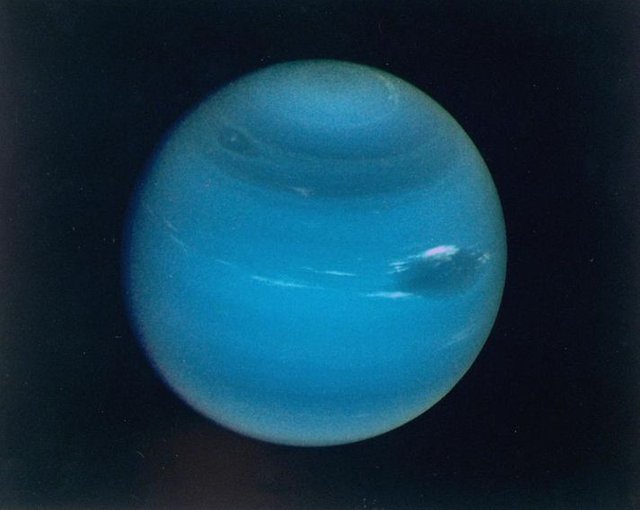.jpg)
In April of 1990, the Voyager 2 shuttle flew by Neptune, snapping a progression of unbelievable pictures of our Solar System's peripheral planet. 150 years earlier, no one realized that our Solar System would end up containing 8 planets, however a couple of researchers suspected, from the confirmation of Uranus, that it may be out there.
While numerous logical figures in Great Britain commended Adams as the equivalent of Le Verrier, doling out him the honor of co-pioneer of Neptune, it basically wasn't true. The Adams prize, still granted today, was named for him in 1848 for his part in the revelation of Neptune, despite the fact that he assumed no part in the genuine disclosure.
Yet Adams himself was extraordinarily unassuming about his own part. He presented the accompanying letter, with his observtions, to the Royal Astronomical Society in November of 1846:
I specify these dates only to demonstrate that my outcomes were touched base at autonomously, and already to the production of those of M. Le Verrier, and not with the aim of meddling with his equitable cases to the distinctions of the revelation ; for there is most likely that his investigates were first distributed to the world, and prompted the real disclosure of the planet by Dr. Galle, with the goal that the actualities expressed above can't degrade, in the smallest degree, from the credit because of M. Le Verrier.
 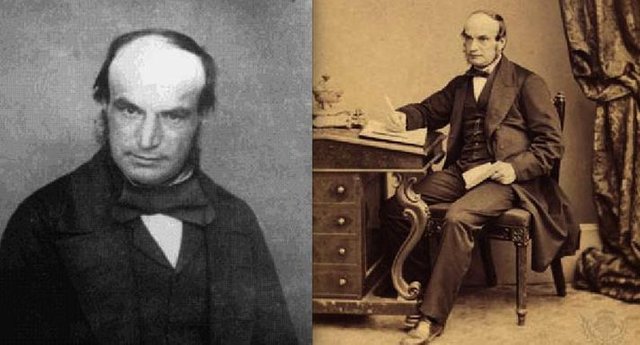
Despite the fact that he was unsuccessful in effectively finding Neptune, Adams never endeavored to erroneously assume praise for it. Notwithstanding when credit was given to him, he generally alluded to the genuine pioneers, and did not consider himself as a real part of them.GEO KOMPAKT NR.21/DEZEMBER 2009, PAGE 138 (L), AND WIKIMEDIA COMMONS USER SKRAEMER (R)
For a lesser researcher, that may have been the finish of his profession, as Le Verrier was raised to logical superstardom. In any case, not Adams. He kept on taking a shot at other vital issues, gaining huge ground on deciding the reason for deviations in the Moon's orbital movement and parallax. We currently know, today, that this impact is because of tidal speeding up, and Adams gained noteworthy ground on that front, winning the Gold Medal from the Royal Astronomical Society.
In any case, it was a breathtaking meteor storm in 1866 — the Leonids — that changed everything. The Leonid meteor shower of 1833, for which Adams was only an offspring of 14, was so spectacular the whole world observed. For each one of the following 32 years, the Leonids were tranquil. In any case, in 1866, it happened once more: a Leonid storm so awesome that it essentially couldn't be happenstance.
 
A meteor storm is described by showers of falling stars that are so exceptional, they happen at regular intervals by and large. The meteor tempest of 1833, related with the Leonids, was an incredible outburst.ADOLF VOLLMY, ENGRAVING FROM 1889
English stargazer John Couch Adams concocted a hypothesis about this meteor shower, these upheavals, and their cause:
The "falling star" wonder is in reality little residue grains that crash at quick speeds with Earth's climate.
Meteor showers happen in a similar district of the sky a seemingly endless amount of time on the grounds that there's dusty trash crossing Earth's circle that our planet goes as the year progressed.
What's more, this flotsam and jetsam is spread out, yet with a state of-most noteworthy thickness that intermittently crashes into our planet, causing the most staggering meteor showers.
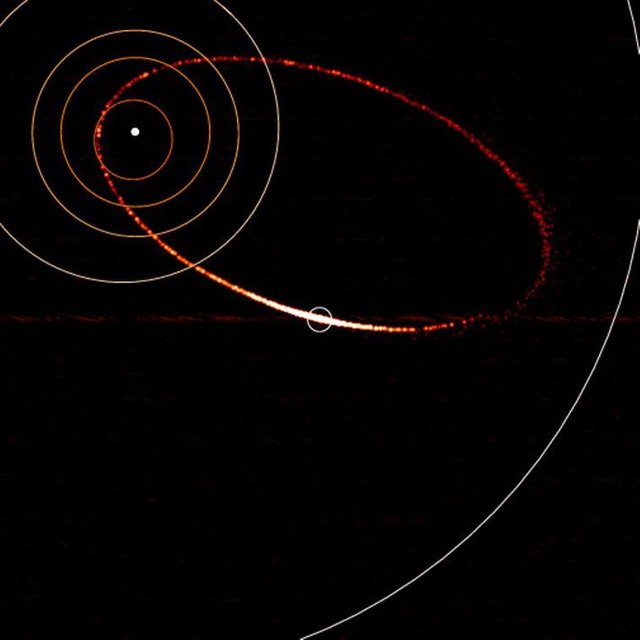
In spite of the fact that, for some comets or space rocks, there is a higher thickness of flotsam and jetsam related with the area of the primary body, sufficiently over time, the trash will get spread out along the circle to such an adequate degree, to the point that the meteor shower can turn out to be extremely reliable year-to-year. The Leonids have not yet achieved that stage, and thusly, despite everything they top generally every 33.25 years.GEHRZ, R. D., REACH, W. T., WOODWARD, C. E., AND KELLEY, M. S., 2006
This hypothesis applies to meteor streams experiencing any planet, not simply Earth. Adams hypothesis was wild and novel, but rather possible. In the event that he could discover the parent body in charge of the Leonids, it would be an incredible approval of a theoretical yet convincing new thought.
His involvement in computing circles, picked up by his before battles with Uranus and the then-speculative Neptune, enabled him to come through when it tallied most. Adams figured that there must be a group of dusty garbage moving in a lengthened circular circle around the Sun with a time of 33.25 years, taking it out past Jupiter, Saturn, and even Uranus' circle. The circle coordinated, actually, the one taken by the newfound (in 1866) Comet Tempel-Tuttle, and prompted the ID of meteor showers as being caused by cometary flotsam and jetsam trails!

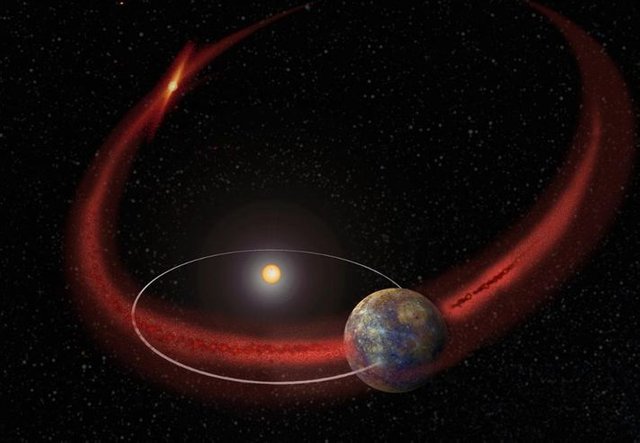
The trash stream of a comet, similar to Comet Encke (appeared here), is the reason for meteor showers on Earth and every other world in the Solar System. John Couch Adams' distinguishing proof of Comet Tempel-Tuttle with the Leonid meteor shower was the primary connection at any point made between these two phenomena.NASA/GSFC
Subsequent to passing up a great opportunity for wonder 20 years earlier, Adams had at long last prevailing with regards to changing our perspective of the Universe. His ID of meteor showers with cometary flotsam and jetsam trails remains as his most prominent logical accomplishment, and remains the main hypothesis over 150 years after the fact. In 1870, he was named the chief of Cambridge Observatory, supplanting the inept Challis. He was even offered the most esteemed galactic position in all of Britain: that of Astronomer Royal, in 1881. He turned it down, liking to proceed with his educating and research in Cambridge. Unexpectedly, had he acknowledged, he would have supplanted Airy, which means he could have succeeded both of the men in charge of neglecting to catch up on his forecasts of Neptune!

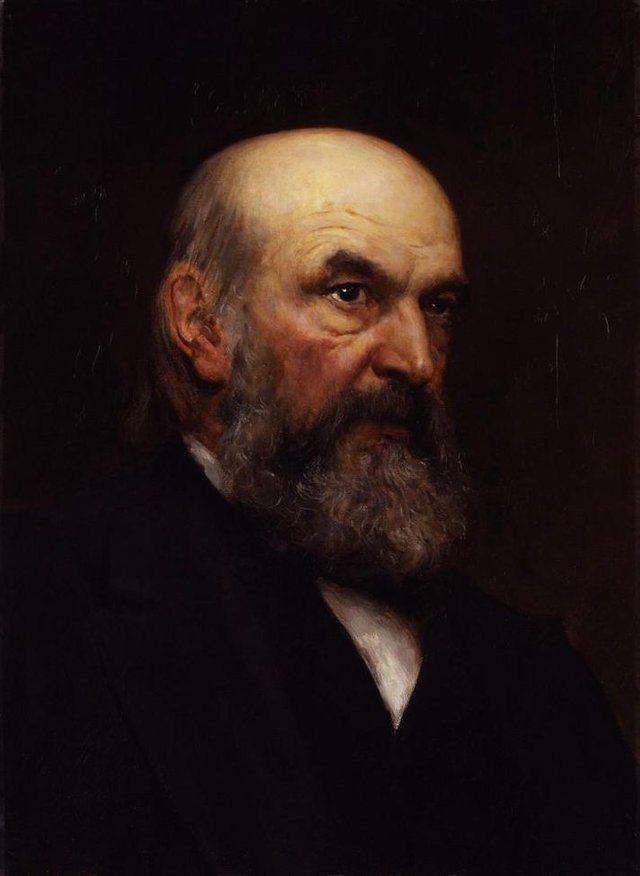
After effectively recognizing intermittent comets as the wellsprings of meteor showers, John Couch Adams' persevering logical heritage was anchored. His rise as a hairy style symbol would just come long after his death.SIR HUBERT VON HERKOMER
In spite of missing his shot at extraordinary brilliance in his initial a long time through no blame of his own, Adams was never unpleasant. While later history specialists of science would point the finger at Airy and Challis for their failings, Adams submissively acknowledged the reprimand himself,
I couldn't expect anyway that down to earth cosmologists, who were at that point completely involved with vital works, would feel as much trust in the aftereffects of my examinations, as I myself did.
He kept on working until the specific end of his life, growing a standout amongst the most incredible facial hair in space science's history en route.
 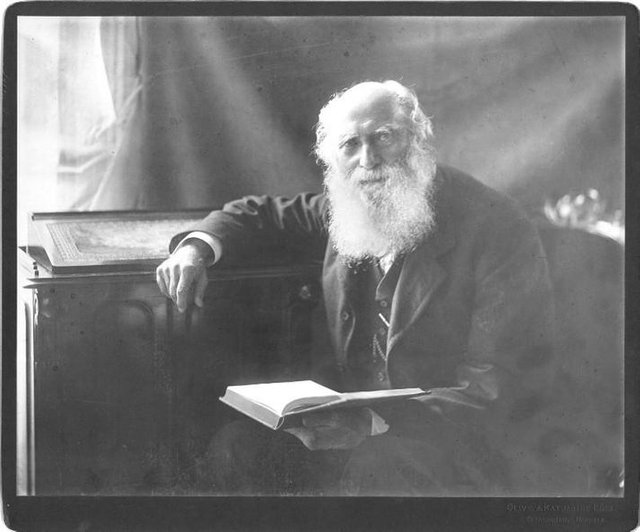
The last known picture of John Couch Adams was taken in 1888, in a matter of seconds before he was harassed with the long ailment that took his life in 1892. Indeed, even at this late stage, his psyche stayed inquisitive and his whiskers remained spectacular.EDIS, OLIVE; EDIS, KATHARINE (1888)
Adams introductory inability to ascertain and discover Neptune did not keep him from having later accomplishment with the Moon's orbital movement. It not the slightest bit restrained him in his most noteworthy accomplishment: distinguishing the wellspring of meteor showers, and affirming that Comet Tempel-Tuttle causes the Leonids. So also, Le Verrier's quick accomplishment in foreseeing the presence of Neptune didn't prompt future achievement; his expectation of the presence of Vulcan, a proposed planet inside to Mercury to clarify its circle, neglected to appear.
In science, making a fruitful progress requires ability, ability, and perseverance, as well as a reasonable piece of luckiness. You can commit errors en route, in principle, by and by, and in judgment, yet every new issue you handle is another opportunity to get it right. Treat your disappointments for what they are: momentary mishaps. Not the slightest bit do they characterize your fate.